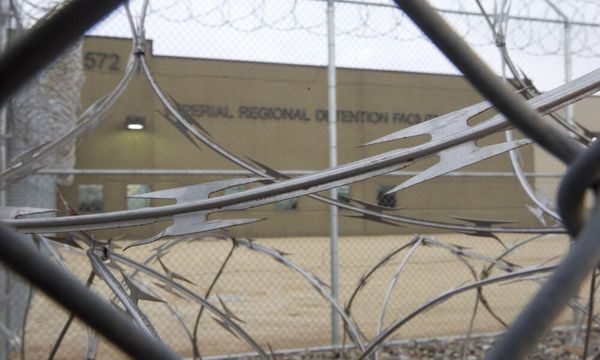Gas prices, food prices — all kinds of prices — are going up, up, up. New figures released Tuesday show that inflation is running at 8.5 percent over the last year. The economy must be headed in the wrong direction in every which way — or at least that’s what people seem to be thinking. Perhaps that’s why a recent poll by the Global Strategy Group showed that 37 percent of Americans thought that the nation had lost jobs in the last year. And only 28 percent thought jobs had been gained. The reality? In March alone, the country added 431,000 jobs and 6.2 million jobs in the past year, one of the best jobs performances in U.S. history.
Like so many things, measuring the economy is more complicated than just the price at the pump or the pay raise at the workplace.
Even if the job numbers look good, they are cold comfort to a worker watching her raise evaporate in covering the rising rent in Tampa Bay. The economy doesn’t feel strong to her, whatever the big numbers might say. What are some of those numbers? A few of the good: Unemployment is 3.6 percent. It was 6.4 percent when President Joe Biden took office. On average, Americans who are paid by the hour have gotten a 5.6 percent raise over the last year. The nation hit a record high for gross domestic product per resident at the end of last year. The bad — and it indeed is bad: Inflation is at a 40-year high, thanks in part to gas prices that soared over $4 a gallon and big increases in many food prices.
Part of economic reality is not numbers, but perception. High demand can be good. But stores might be out of things not just due to supply chain issues but because items are in high demand. And if the shelves are empty of the stuff you want to buy, that doesn’t feel like a thriving economy. Same with low joblessness. Of course, ready access to jobs is good. But the quality of help at the local mall might be worse because unemployment is so low, and employers can’t be as picky in hiring good workers — or maybe they can’t get any workers at all. If you can’t get help while you’re shopping, the economy doesn’t feel as robust. So the stats might suggest one thing, but people might feel quite another.
Sixty-nine percent of Americans believe the economy is fair or poor — basically bad — according to a new poll by The Economist/YouGov. And most blame inflation for their view. But politics also plays a big role. For example, 43 percent of Biden voters rate the economy as excellent or good. Only 7 percent of Trump voters do. The Global Strategy poll shows the same trend: 91 percent of Republicans disapprove of Biden’s handling of the economy, while 72 percent of Democrats approve. They’re looking at the same economy and reaching vastly different conclusions.
Set aside for a second the reality that presidents have less effect on the economy than is commonly assumed — and therefore should take less credit and less blame — and it seems that Republican and Democratic voters are living in different worlds. It’s not even just about party: 63 percent of African Americans approve of Biden’s handling of the economy, but only 33 percent of white Americans do. The economic numbers don’t lie, but they tell different stories depending on who is listening.
When he was running for president, Ronald Reagan understood the power of psychology and individual perception over cold, hard stats. The economy in 1980 was in tatters, and Reagan could have dwelled on the outrageously high interest rates or a host of bad economic numbers. But in his debate with President Jimmy Carter just before Election Day, Reagan closed by making it personal instead, asking: “Are you better off than you were four years ago?” Voters resoundingly answered the question a few days later, electing Reagan in a landslide.
Yet, the numbers do matter. The broad U.S. economy — the largest in the world — is built on the millions and millions of intimate, small household economies, the very place where all Americans live their actual lives, earning, saving, spending. And why a macro number may seem cold and distant, its building blocks are those individual American households, which one by one help add up to the GDP. With that in mind, here’s a look at some common economic gauges. Then judge for yourself how badly or how well the economy is performing.
____
Editorials are the institutional voice of the Tampa Bay Times. The members of the Editorial Board are Editor of Editorials Graham Brink, Sherri Day, Sebastian Dortch, John Hill, Jim Verhulst and Chairman Paul Tash. Follow @TBTimes_Opinion on Twitter for more opinion news.







